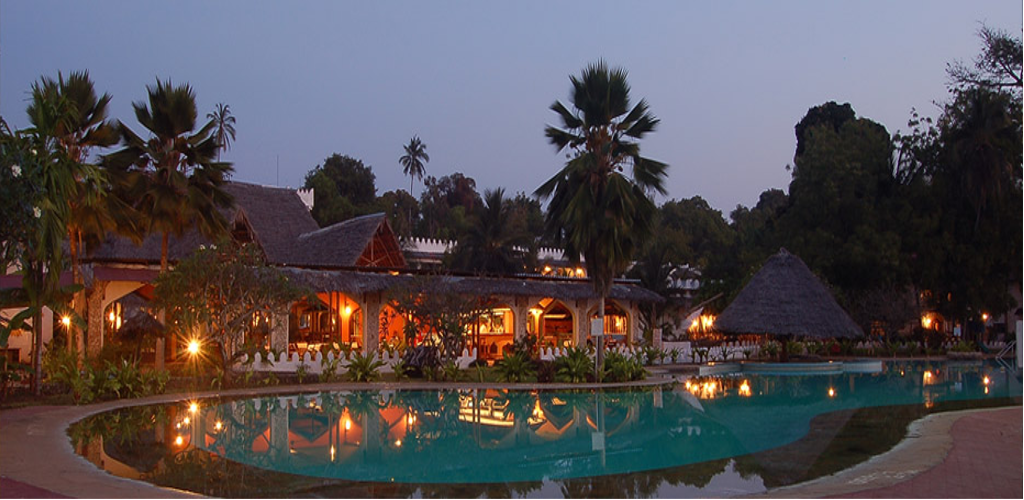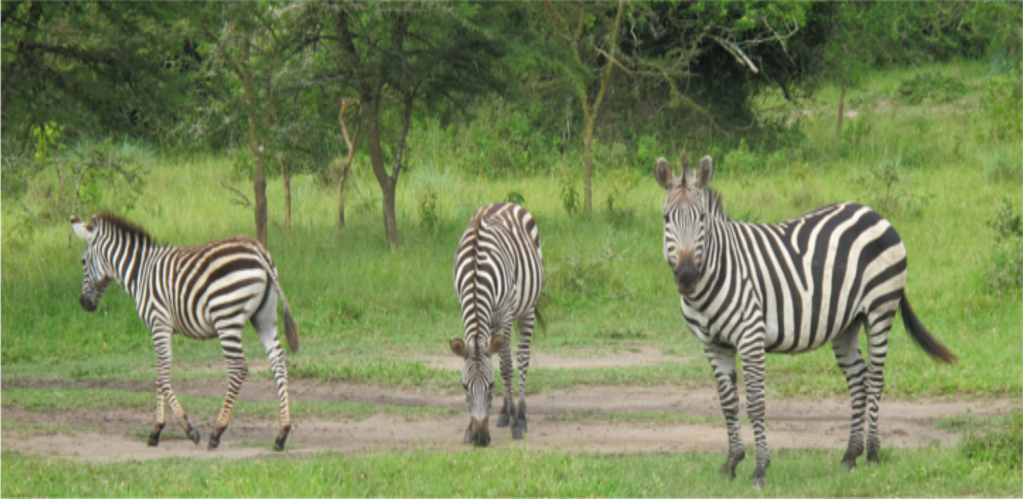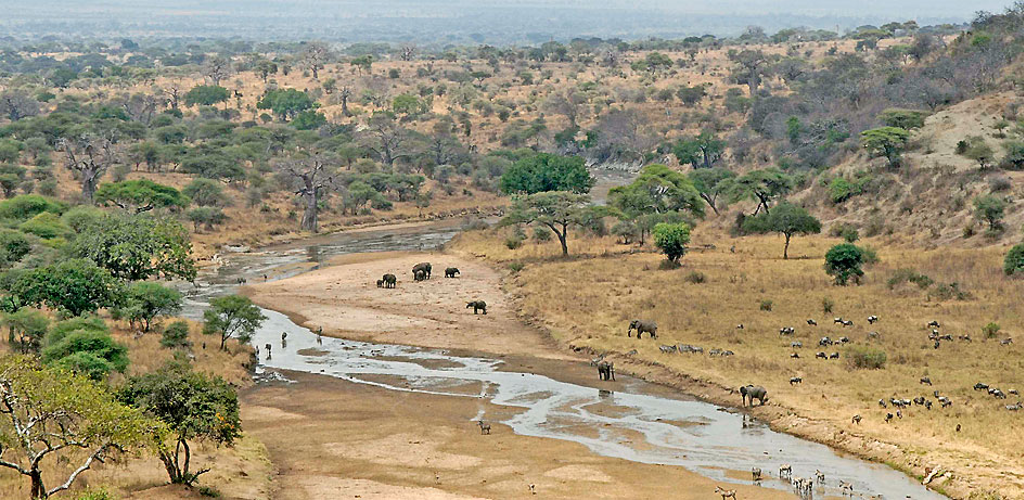The dress for our safaris is informal; therefore lightweight, casual clothes are appropriate. Safari clothing should be neutral in color (tan, brown, khaki, light green). This list is intended merely as a guideline, so you should use your own judgment and experience in packing.
Shirts: Cotton, short-sleeved or T-shirts, long-sleeved, if you are sensitive to the sun.
Trousers: Shorts may be worn in some places. However, long, cotton field pants are advisable in some of the areas in which we will be walking.
Hat: A wide-brimmed or peaked hat for sun protection.
Sweater: Light sweater, jacket or sweatshirt for cooler evenings. It cools off quite drastically in the higher elevations.
Bathing suit: Some of the hotels or lodges will have pools.
Raingear: Poncho or raincoat just in case, especially if gorilla trekking is on your itinerary.
Gloves: For gorilla and chimpanzee treks
Shoes and socks: Trail shoes or running shoes with a good solid grip and good support and cotton socks are the most versatile and comfortable footwear for this trip. Some people prefer their well broken-in hiking boots.
Accessories
Daypack: Bring a small backpack to carry bottled water, extra socks, moist travel wipes or sanitizing hand lotion, field guides, film, and your personal items.
Flashlight: Bring a strong flashlight (and extra batteries) in case we go on a night walk or power failures.
Binoculars: Binoculars are an essential piece of equipment on safari.
Miscellaneous: Personal soap, extra pair of prescription glasses, pocket calculator, travel alarm clock, laundry soap (for washing delicates), large zip-lock bags for damp laundry, and paperback books if you are a reader.
Note: We recommend that you put any sharp objects such as nail files, Swiss army knife, scissors, etc. in your checked luggage or they will be confiscated by airport authorities at check-in.





